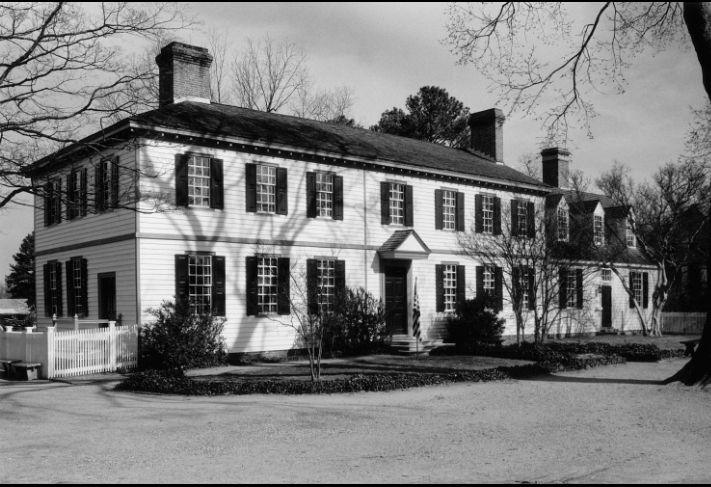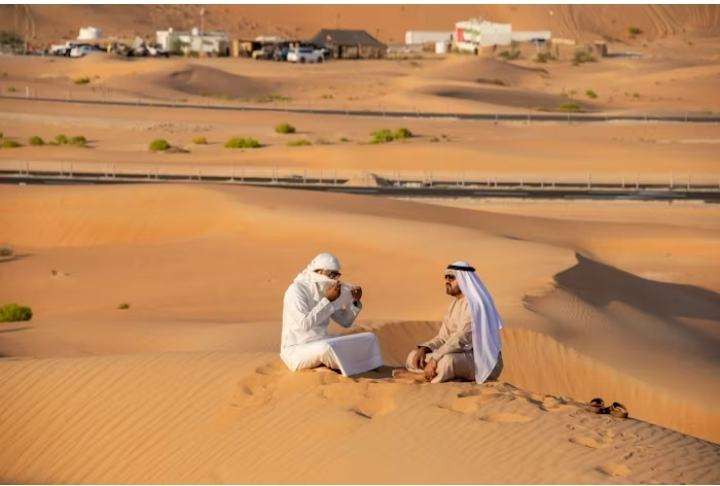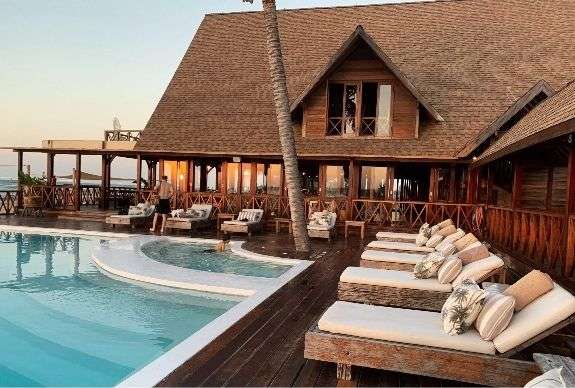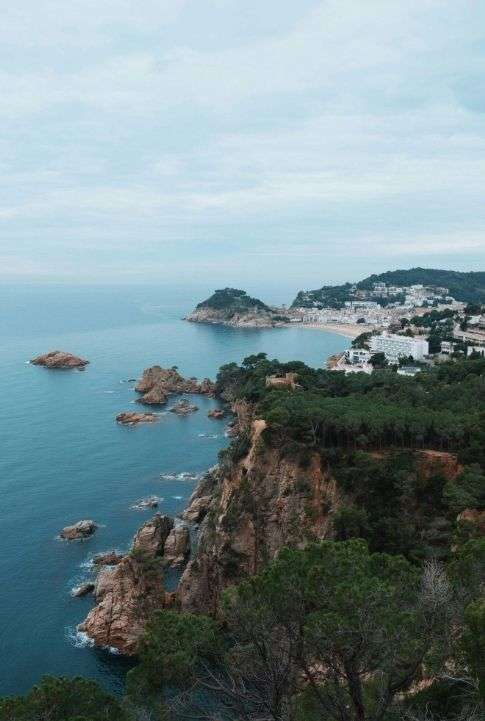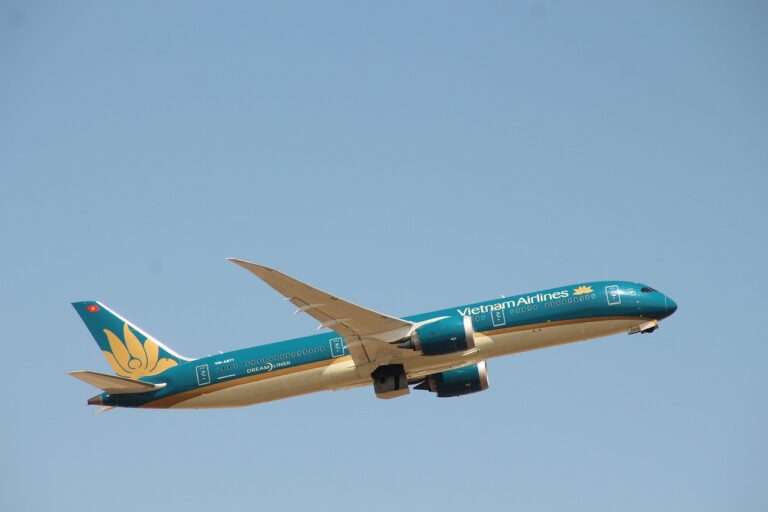Hanoi, the capital of Vietnam, stands as a testament to the rich history, vibrant culture, and dynamic growth of this Southeast Asian nation. With a history dating back over a thousand years, Hanoi is not only the political center but also a hub of cultural and economic activities. This article explores the various facets of Hanoi, from its historical landmarks to its modern developments.https://youtu.be/Tv2E2gJNMpQ?si=KX5Hvu8ZxZHmfbGr
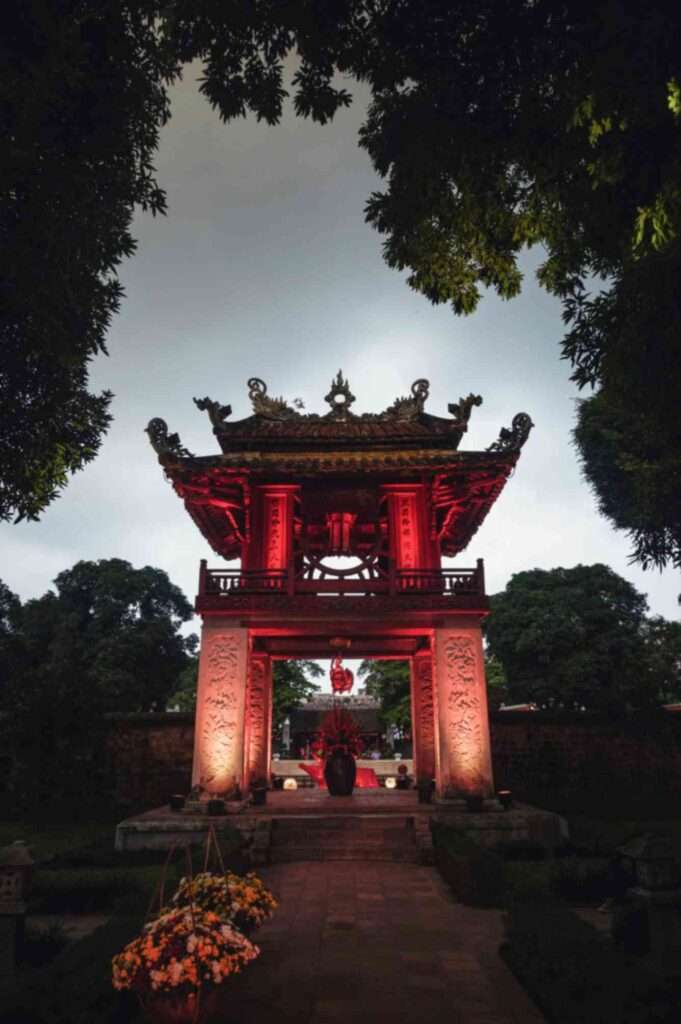
Contents
- 1 History:
- 2 Dynastic Periods and Chinese Influence:
- 3 French Colonial Era (19th-20th Century):
- 4 Independence and Modernization:
- 5 Reunification and Contemporary Period:
- 6 Preservation of Heritage:
- 7 Landmarks and Attractions:
- 8 Cultural Riches:
- 9 Modern Development:
- 10 Economic Hub:
- 11 Education and Innovation:
- 12 Green Spaces and Recreation:
- 13 Cultural Festivals and Events:
- 14 Challenges and Future Prospects:
- 15 Best place of Hanoi
- 16 Hanoi best food street
History:
Hanoi’s history can be traced back to 1010 AD when it was established as the capital of the Dai Co Viet, the ancient Vietnamese state. Over the centuries, it has witnessed the rise and fall of different dynasties, colonial rule by the French, and the struggle for independence. Today, remnants of its storied past can be seen in the architecture, museums, and monuments that dot the cityscape.
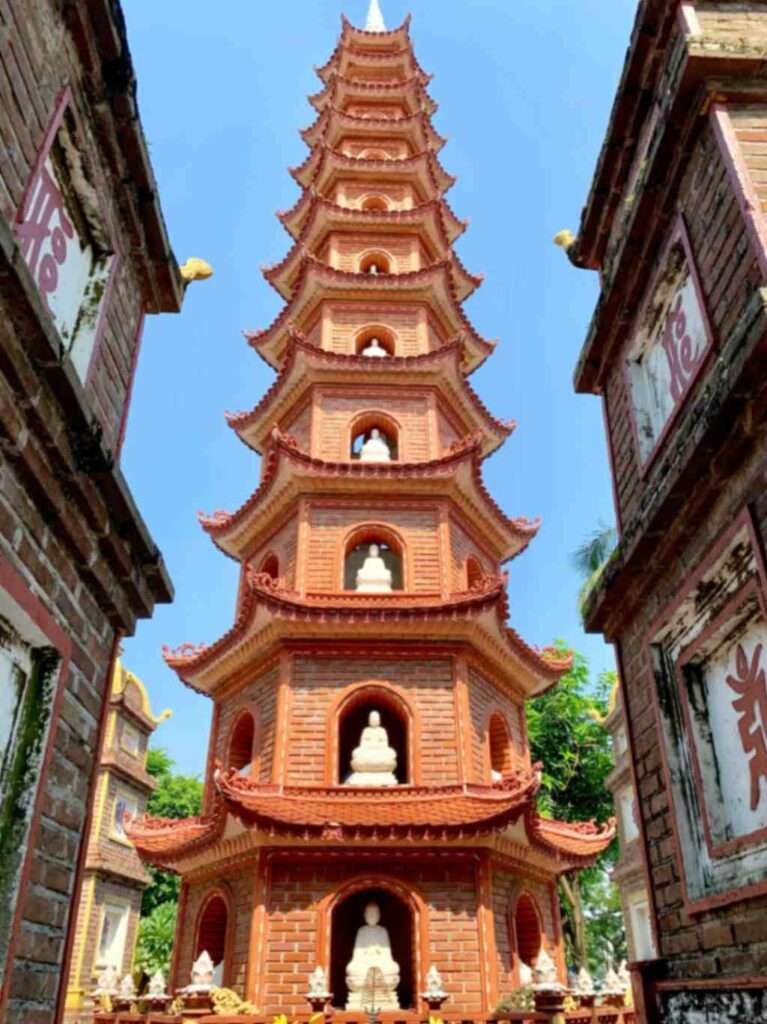
Dynastic Periods and Chinese Influence:
Over the centuries, Hanoi served as the capital under different dynasties, including the Ly, Tran, Le, and Nguyen dynasties. During this time, Vietnam faced periods of Chinese domination, particularly during the Ming and Qing dynasties. Despite these challenges, Hanoi retained its cultural identity and resisted assimilation, preserving its distinct traditions and values.
French Colonial Era (19th-20th Century):
In the late 19th century, Hanoi fell under French colonial rule as part of French Indochina. The city underwent significant transformations during this period, with the French leaving a lasting impact on its architecture and urban planning. The French Quarter, with its tree-lined boulevards and colonial buildings, stands as a testament to this colonial influence.
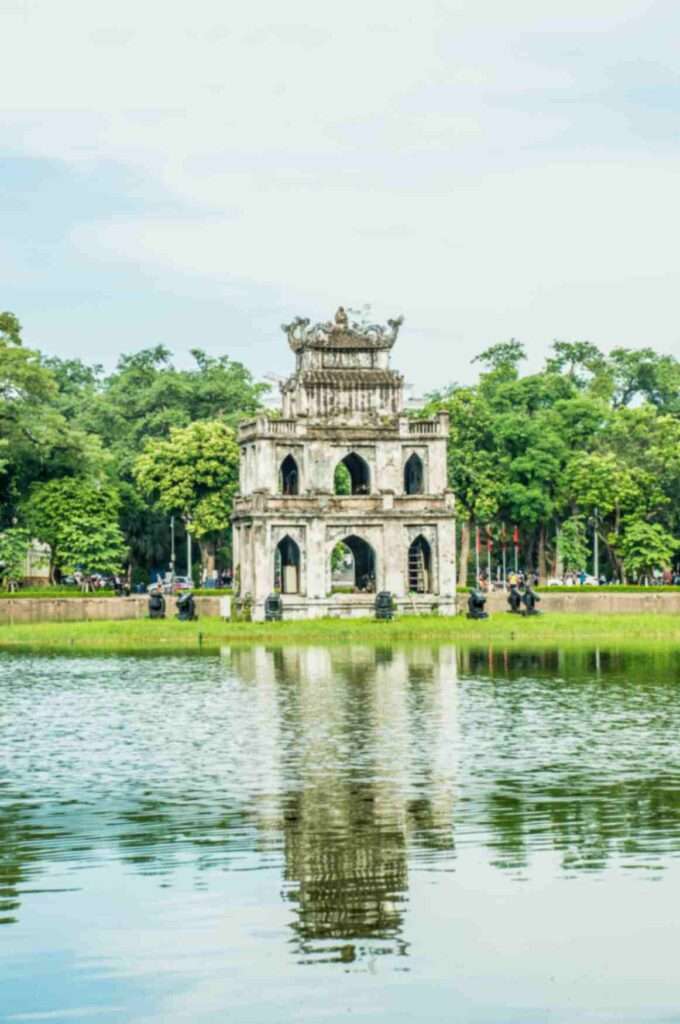
Independence and Modernization:
The mid-20th century brought about crucial changes in Hanoi’s history. Following the First Indochina War, the city became the capital of North Vietnam in 1954, under the Geneva Accords. Hanoi played a central role in the Vietnam War, enduring bombings and facing hardships during the conflict. The city witnessed pivotal moments, including the Tet Offensive in 1968, which had significant implications for the course of the war.
Reunification and Contemporary Period:
The reunification of North and South Vietnam in 1976 marked a new chapter in Hanoi’s history. The city continued to grow and develop, embracing economic reforms in the late 20th century. Today, Hanoi stands as a bustling metropolis that seamlessly blends its ancient heritage with the demands of a modern, dynamic society.
Preservation of Heritage:
Efforts to preserve Hanoi’s historical and cultural heritage are evident in the conservation of landmarks such as the Old Quarter, the Temple of Literature, and the Ho Chi Minh Mausoleum. These sites serve as a reminder of Hanoi’s enduring legacy and its role as a custodian of Vietnam’s history.
Landmarks and Attractions:
Hanoi boasts a plethora of landmarks that showcase its cultural heritage. The Old Quarter, with its narrow streets and traditional houses, offers a glimpse into the city’s ancient charm. The Ho Chi Minh Mausoleum, dedicated to the revered leader of Vietnam, is a symbol of the nation’s revolutionary spirit. Other notable sites include the Temple of Literature, a Confucian temple that dates back to the 11th century, and the iconic Hoan Kiem Lake, a picturesque spot in the heart of the city.
Cultural Riches:
The city is a cultural melting pot, with influences from China, France, and other neighboring countries. The vibrant street markets, where locals and tourists alike haggle for goods, showcase the lively spirit of Hanoi. Traditional water puppetry, a unique form of Vietnamese entertainment, can be enjoyed in various theaters across the city. Hanoi’s cuisine, renowned for its diverse flavors and aromatic dishes, is a must-try for any visitor.
Modern Development:
In recent decades, Hanoi has experienced rapid urbanization and economic growth. Skyscrapers and modern infrastructure have emerged alongside the historical landmarks, reflecting Vietnam’s status as a rapidly developing nation. The city’s business districts, educational institutions, and technological advancements contribute to its role as a vital center for commerce and innovation.
Economic Hub:
As the political and cultural heart of Vietnam, Hanoi also plays a crucial role in the country’s economic landscape. The city serves as a center for government institutions, financial activities, and international trade. Its strategic location and well-developed infrastructure make it a key player in the regional economy. The growing number of multinational corporations establishing a presence in Hanoi underscores its status as a dynamic economic hub.
Education and Innovation:
Hanoi is home to several prestigious universities and research institutions, contributing to the city’s intellectual vibrancy. The focus on education and innovation has led to advancements in various fields, including technology, science, and medicine. As a result, Hanoi has become a hub for knowledge exchange and collaboration, attracting scholars and researchers from around the world.
Green Spaces and Recreation:
Despite its bustling urban environment, Hanoi takes pride in preserving green spaces and parks. These areas offer residents and visitors a respite from the city’s hustle and bustle. The iconic Hoan Kiem Lake, surrounded by tree-lined streets, provides a serene escape in the heart of the capital. Additionally, numerous parks and recreational areas contribute to the well-being of the city’s inhabitants.
Cultural Festivals and Events:
Throughout the year, Hanoi hosts a variety of cultural festivals and events that celebrate its diverse heritage. Traditional festivals, modern art exhibitions, and international performances contribute to the city’s lively cultural scene. Visitors have the opportunity to immerse themselves in the local customs and traditions, creating lasting memories of their time in the Vietnamese capital.
Challenges and Future Prospects:
As with any rapidly growing city, Hanoi faces challenges such as traffic congestion, pollution, and the need for sustainable development. Efforts are underway to address these issues and ensure that Hanoi continues to thrive while maintaining its cultural and historical identity. Urban planning initiatives, environmental conservation projects, and investments in public transportation reflect the city’s commitment to a sustainable and resilient future.
Best place of Hanoi
Hanoi, the capital city of Vietnam, is a vibrant metropolis with a plethora of attractions and unique experiences. While determining the “best” place can be subjective based on individual preferences, here are some highlights that many visitors consider among the finest in Hanoi:
1. Old Quarter:
The Old Quarter, also known as “36 Pho Phuong” (36 Streets), is a historic area characterized by narrow streets and traditional architecture. Each street is historically associated with a specific trade, and the area is famous for its bustling markets, street food vendors, and a lively atmosphere. It provides a glimpse into the city’s rich history and is a fantastic place for shopping and exploring.
2. Hoan Kiem Lake and Ngoc Son Temple:
Hoan Kiem Lake, located in the heart of Hanoi, is a picturesque oasis surrounded by tree-lined streets. The lake is home to Ngoc Son Temple, situated on a small island accessible by the iconic red Huc Bridge. The serene atmosphere, scenic views, and historical significance make this area a favorite among locals and tourists alike.
3. Temple of Literature (Van Mieu-Quoc Tu Giam):
Built in 1070, the Temple of Literature is Vietnam’s first national university and a tribute to Confucius. The well-preserved complex features beautiful courtyards, pavilions, and statues. It is a serene escape from the bustling city and offers insight into Vietnam’s educational and cultural history.
4. Ho Chi Minh Mausoleum:
Dedicated to the founding father of modern Vietnam, Ho Chi Minh, this monumental structure is a symbol of the nation’s revolutionary spirit. Visitors can pay their respects to Ho Chi Minh and explore the surrounding Ba Dinh Square, which holds historical significance.
5. West Lake (Ho Tay):
West Lake is the largest freshwater lake in Hanoi, offering a peaceful retreat from the urban hustle. The area features scenic landscapes, pagodas, and lakeside cafes. Tran Quoc Pagoda, situated on a small island in West Lake, is one of the oldest pagodas in Hanoi and a popular attraction.
6. Hanoi Opera House:
A masterpiece of French colonial architecture, the Hanoi Opera House hosts a variety of cultural performances and events. Even if you don’t catch a show, the exterior and surrounding French Quarter make it a charming spot to visit.
7. Thang Long Water Puppet Theatre:
For a unique cultural experience, the Thang Long Water Puppet Theatre showcases traditional Vietnamese water puppetry. The lively performances, accompanied by traditional music, provide entertainment and insight into Vietnam’s folk traditions.
These are just a few of the many captivating places in Hanoi. Whether you’re interested in history, culture, or simply exploring the city’s dynamic streets, Hanoi has something to offer for every traveler.
Hanoi best food street
Hanoi is famous for its street food, offering a diverse array of delicious and authentic dishes that are deeply embedded in Vietnamese culture. Here’s a guide to some of the best street foods you should try when in Hanoi:
1. Pho:
Pho, a Vietnamese noodle soup, is arguably the most famous Vietnamese dish worldwide. In Hanoi, Pho comes in two main varieties: Pho Bo (beef noodle soup) and Pho Ga (chicken noodle soup). The broth is light but flavorful, typically served with rice noodles and garnished with herbs like cilantro and basil.
2. Bun Cha:
Bun Cha is a Hanoi specialty, consisting of grilled pork served over a bed of rice vermicelli noodles (bun), often accompanied by herbs and a dipping sauce. The pork is typically prepared in two ways – minced pork patties and sliced pork belly.
3. Banh Mi:
Although Banh Mi is popular across Vietnam, Hanoi’s version of this classic sandwich has its own unique features. It typically includes a combination of meats, pâté, vegetables, and condiments stuffed into a French baguette.
4. Cha Ca:
Cha Ca is a distinctive Hanoi dish made with seasoned fish, dill, and spring onions, grilled over charcoal. It is usually served with rice vermicelli noodles and a flavorful sauce.
5. Egg Coffee (Ca Phe Trung):
While not a food, Egg Coffee is a unique culinary invention from Hanoi. It’s a creamy, meringue-like egg white foam served over strong coffee. A must-try for coffee lovers.
6. Nem Cua Be (Crab Spring Rolls):
Nem Cua Be, or crab spring rolls, are a delightful treat. They consist of a mixture of crab, pork, mushrooms, and various spices wrapped in rice paper and deep-fried to a perfect crisp. These are usually served with a side of fresh lettuce and dipping sauce.
7. Banh Cuon:
Banh Cuon, or steamed rice rolls, are a light and delicate dish. Thin rice sheets are filled with seasoned ground pork and minced mushrooms, then rolled up and served with a dipping sauce made of fish sauce, sugar, and lime.
8. Xoi (Sticky Rice):
Xoi, or sticky rice, is a versatile and filling street food. It can be sweet or savory, with toppings ranging from beans and peanuts to chicken, pork, or eggs. It’s a popular breakfast dish but can be enjoyed any time of the day.
9. Pho Cuon:
Pho Cuon consists of thinly sliced beef and herbs wrapped in fresh pho noodles instead of rice paper. These rolls are served with a dipping sauce and are a lighter alternative to the traditional fried spring rolls.
10. Che:
Che is a sweet dessert beverage or pudding. There are many varieties made with mung beans, black-eyed peas, kidney beans, tapioca, jelly, fruit, and coconut cream. It’s a perfect way to end your street food adventure on a sweet note.
Exploring Hanoi’s street food scene is not just about tasting the food; it’s an immersion into the local culture and lifestyle. The city’s streets are lined with vendors and small eateries where you can experience these culinary delights, often cooked and served with a deep sense of tradition and pride.
Conclusion:
Hanoi, as the capital of Vietnam, embodies the nation’s past, present, and future. Its historic charm, cultural richness, and modern developments make it a destination that appeals to a broad spectrum of visitors. Whether one is exploring its ancient streets, marveling at its monuments, or experiencing its vibrant culture, Hanoi remains a captivating city that encapsulates the essence of Vietnam.
FAQ about capital of Vietnam
What is the capital of Vietnam?
The capital of Vietnam is Hanoi.
2. When did Hanoi become the capital of Vietnam?
Hanoi has been the capital of Vietnam since September 2, 1945, when Ho Chi Minh declared the independence of Vietnam. However, it has served as a capital in various capacities for over a thousand years.
3. What is Hanoi famous for?
Hanoi is famous for its rich history, ancient architecture, vibrant street markets, delicious street food, and cultural sites such as the Old Quarter, Hoan Kiem Lake, and the Temple of Literature.
4. What is the best time to visit Hanoi?
The best time to visit Hanoi is during the spring (from February to April) and autumn (from October to November) months when the weather is pleasant with moderate temperatures.
5. How is the weather in Hanoi?
Hanoi experiences a typical North Vietnam climate with a hot, rainy season from May to October and a dry, cooler season from November to April.
6. Is Hanoi safe for tourists?
Yes, Hanoi is generally considered safe for tourists. However, like any major city, it’s advised to take standard safety precautions, especially regarding personal belongings in crowded areas.
7. Can you drink tap water in Hanoi?
It’s better to drink bottled water, which is readily available and inexpensive.
8. What language is spoken in Hanoi?
The primary language spoken in Hanoi is Vietnamese. English is increasingly popular among younger generations and in tourist areas.
9. What currency is used in Hanoi?
The Vietnamese Dong (VND) is the currency
used in Hanoi and throughout Vietnam. Credit cards are accepted in many hotels, restaurants, and shops, but smaller establishments and street vendors typically only accept cash.
10. What are some popular dishes to try in Hanoi?
Popular dishes in Hanoi include Pho (noodle soup), Bun Cha (grilled pork with noodles), Cha Ca (turmeric fish with dill), Banh Mi (Vietnamese sandwich), and Egg Coffee.
11. Are there international airports in Hanoi?
Yes, Hanoi is served by Noi Bai International Airport, which is the second largest airport in Vietnam and offers both domestic and international flights.
12. How far is the airport from central Hanoi?
Noi Bai International Airport is located about 25 kilometers (approximately 15 miles) north of Hanoi’s city center. It takes about 30-45 minutes to travel from the airport to the city center, depending on traffic.
I’m originally from Manchester (England) but I currently live in New York. I started this travel blog all the way back in 2009 to provide travel advice that wasn’t available in the guidebooks.
Since then I’ve traveled to over 60 countries, a lot of the time, solo. My site is filled with destination guides, things to do, epic itineraries and money-saving travel tips. I hope I can inspire you to see the world!


